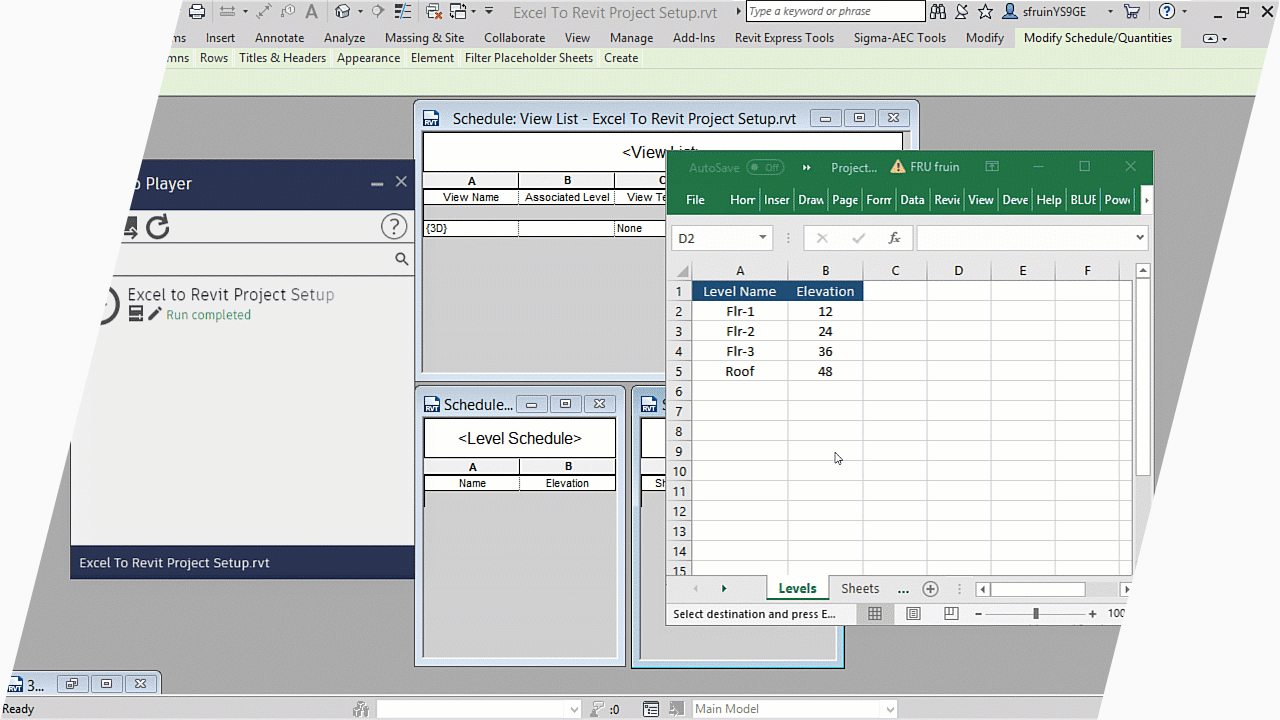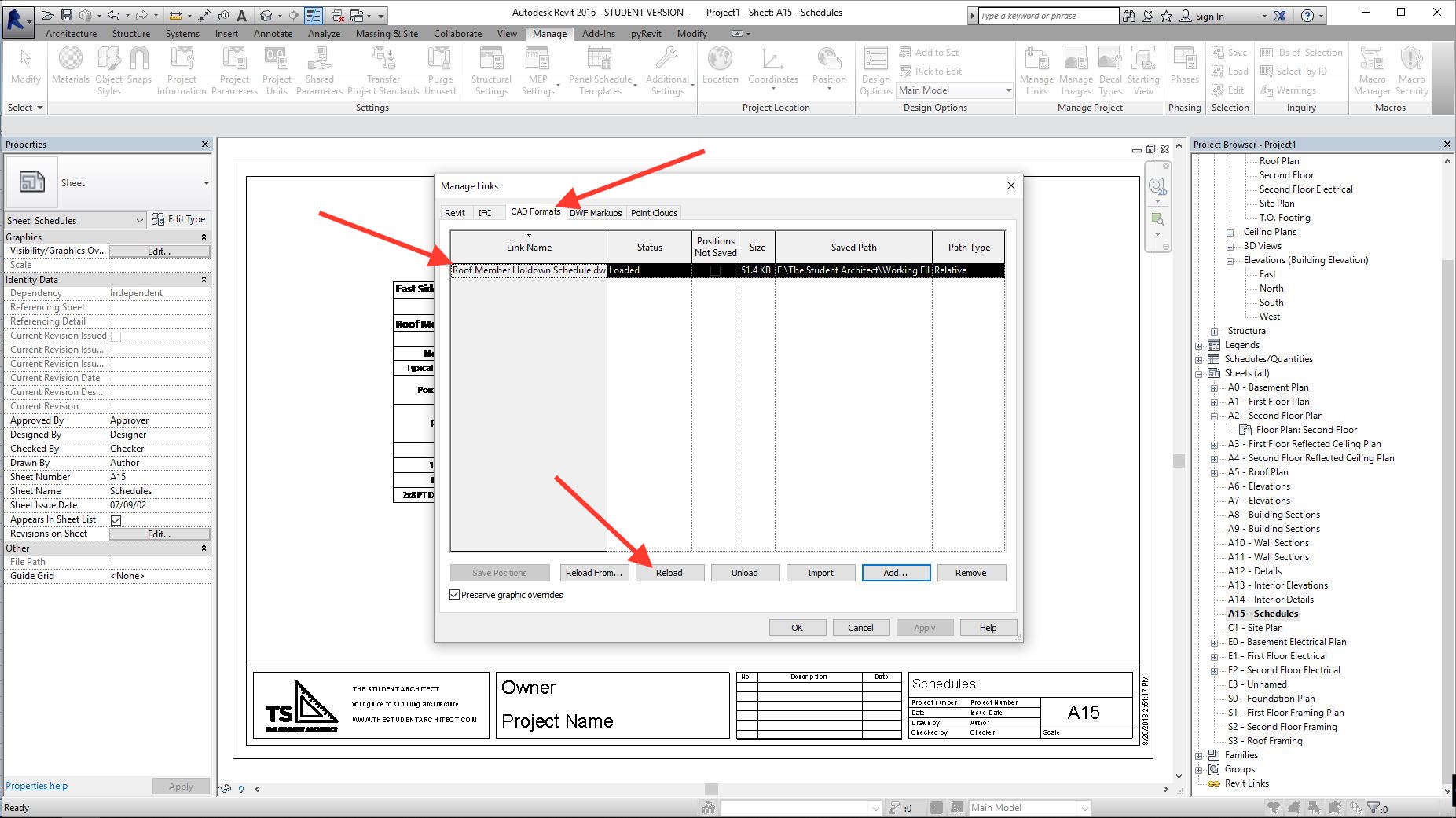Enhance Your Operations with Effective Revit Add Ins
Wiki Article
Damaging Obstacles: Excel Importation Techniques for Advanced Revit Users
Check out numerous data importation methods and master Excel integration to improve your Revit modeling capabilities. With our techniques and pointers, you can get rid of importation obstacles and end up being a true expert in utilizing Excel for your Revit projects.Advanced Revit Users: Leveraging Excel for Importation
You can easily utilize Excel for importation as a sophisticated Revit customer. Excel is a powerful tool that can considerably boost your workflow and efficiency in Revit. With its capability to handle big quantities of data and carry out intricate calculations, Excel can be an useful property in handling and arranging your project info.One method to utilize Excel for importation is by utilizing the "Link Excel" function in Revit. This function permits you to connect an Excel spreadsheet directly into your Revit job, allowing you to upgrade and integrate information in between both programs. This can be particularly helpful when managing timetables or tracking changes in your project.
One more way to make use of Excel is by using the "Import/Export" feature in Revit. This function enables you to import and export data in between Revit and Excel, offering you the flexibility to deal with data in both programs. You can import information from Excel right into Revit to develop components such as areas, walls, or doors, and you can likewise export data from Revit to Excel for further analysis or coverage.

Exploring Information Importation Approaches in Revit Utilizing Excel
Discovering just how to import information from Excel into Revit provides effective methods for integrating information. When you import information from Excel, you can effortlessly move information such as space routines, material checklists, and tools information into your Revit project. This process permits you to save time and initiative by avoiding hand-operated information entrance.To import data from Excel into Revit, you can make use of the "Import/Export" function. This feature enables you to map the Excel information areas to the matching Revit parameters, ensuring that the information is correctly appointed within the design. By picking the proper import choices, you can regulate exactly how the data is imported and just how it interacts with your task.
An additional technique for importing information from Excel into Revit is by making use of Dynamo. With Eager beaver, you can create custom-made scripts that import data from Excel and adjust it within your Revit project.
Mastering Excel Combination for Advanced Revit Modeling
One essential method is importing data from Excel spreadsheets straight right into your Revit version. With a few easy steps, you can map the Excel columns to the matching Revit criteria and import the information properly.An additional useful method is exporting data from Revit to Excel. This enables you to draw out info from your design, such as routines or product amounts, and examine it in Excel utilizing formulas, charts, or other powerful tools. By leveraging the abilities of Excel, you can carry out complicated computations, produce custom reports, and gain useful understandings into your job.
Along with data transfer, Excel integration can automate repetitive tasks in Revit. By creating macros or scripts in Excel, you can automate processes like creating sights, creating sheets, or using typical family members - revit tools. This not only saves time but additionally makes certain uniformity across your project
To master Excel assimilation in Revit, it is critical to comprehend the data structure and just how Revit communicates with Excel. By familiarizing on your import excel into revit own with the readily available devices and methods, you can unlock the complete capacity of Excel integration and take your Revit modeling to the following level.
Conquering Importation Difficulties: Excel Techniques for Revit Experts
When conquering importation obstacles, it's essential to be acquainted with efficient Excel methods that can benefit specialists in Revit. As an advanced Revit individual, you recognize the significance of flawlessly importing information from Excel right into your projects.
An additional useful method is making use of the "Transpose" feature in Excel. This allows you to convert information from rows to columns or the other way around. When importing data into Revit, this can be especially handy when you have information in a vertical layout in Excel, however you require it to be in a straight format in Revit.
Additionally, making use of Excel solutions such as VLOOKUP and INDEX-MATCH can greatly help in mapping information from Excel to Revit. These solutions permit you to look for particular values in Excel and get equivalent information from another column. This can save you time and initiative when importing large datasets into Revit.
Excel Data Importation Tips and Tricks for Advanced Revit Users
By acquainting on your own with effective Excel tips and techniques, you can boost your data importation process as an innovative individual of Revit. Excel is an effective device that can considerably help with the importation of information right into Revit, saving you time and boosting your performance. One helpful idea is to make use of the "Text to Columns" feature in Excel to divide information into different columns based upon a delimiter. When you have information in a solitary column that needs to be split into several columns in Revit, this can be particularly practical. Additionally, utilizing Excel's "Paste Special" function permits you to paste data from Excel right into Revit while maintaining format, such as cell color or font style. This can be especially beneficial when importing information that calls for details formatting in Revit. One more handy trick is to use Excel's "Find and Change" feature to swiftly make adjustments to your information prior to importing it right into Revit. You can easily replace particular message or personalities with others, saving you the time and effort of manually editing and enhancing the information in Revit. By utilizing these Excel tips and methods, you can improve your data importation process and come to be a lot more skillful in making use of Revit.
Verdict
You have currently learned useful strategies for importing data from Excel right into Revit as an innovative individual. Go in advance, damage those barriers and excel in your Revit jobs!
When importing information right into Revit, this can be particularly practical when you have information in a vertical style in Excel, however you require it to be in a horizontal style in Revit.
In addition, utilizing Excel formulas such as VLOOKUP and INDEX-MATCH can considerably assist in mapping information from Excel to Revit. In addition, using Excel's "Paste Special" function enables you to paste information from Excel right into Revit while keeping format, such as cell color or font style.
Report this wiki page